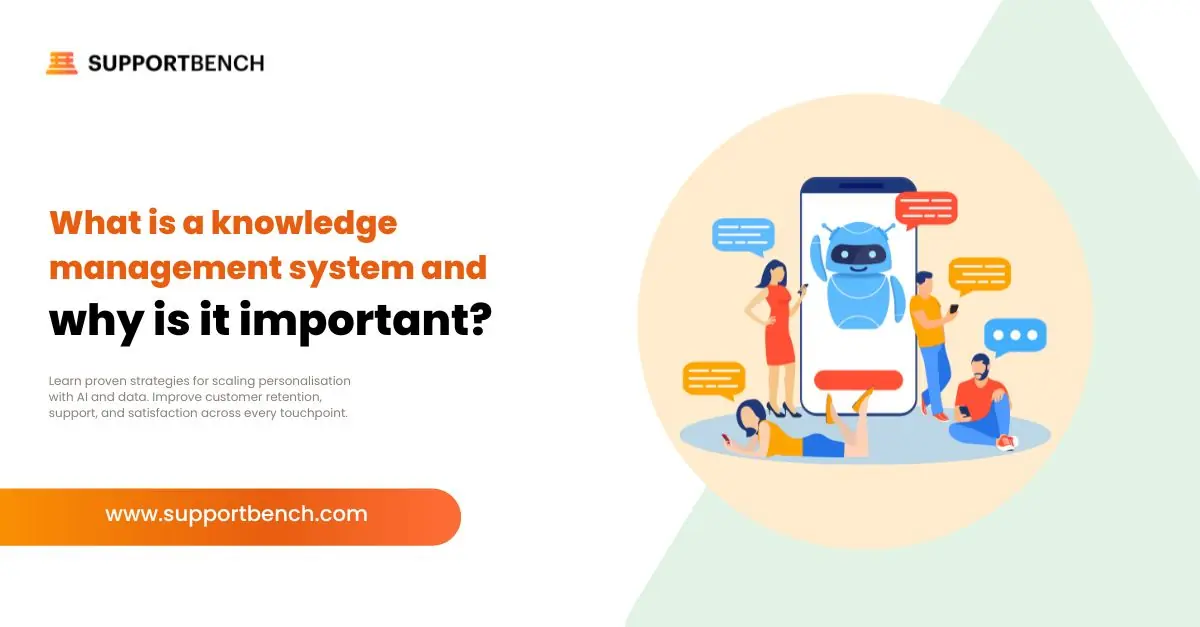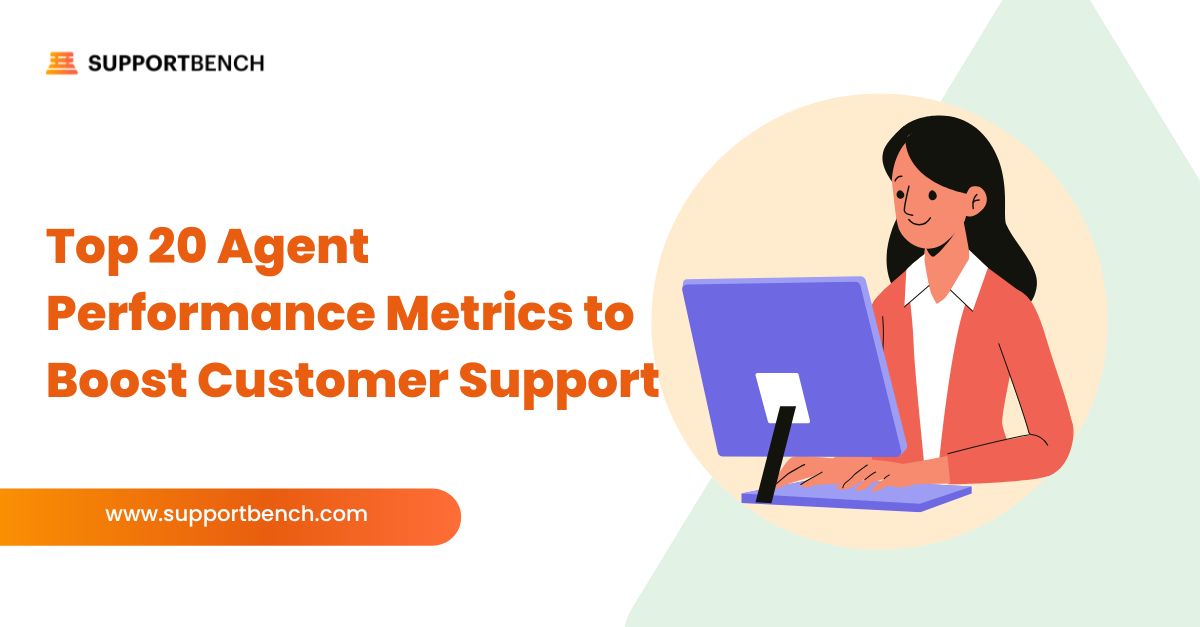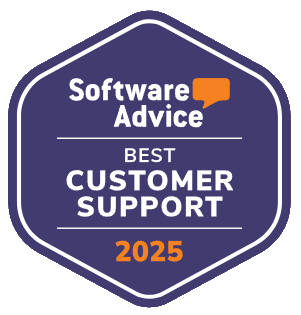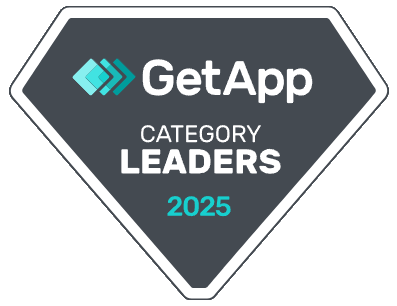In the world of B2B enterprise, an increasingly competitive landscape and the evolution of customer expectations have put the spotlight on customer retention. More than ever, businesses are realizing the importance of not just acquiring customers, but keeping them. Enter, Customer Health Scoring (CHS).
CHS is a data-driven method for evaluating the likelihood that a customer will churn, renew, or expand their business with you. But, the question is, how does it affect customer retention? The answer: profoundly.
A study by Harvard Business Review shows that a 5% increase in customer retention rates can increase profits by 25% to 95%. Now, if CHS can help retain even a small fraction of your customer base, the impact on your profits can be immense.
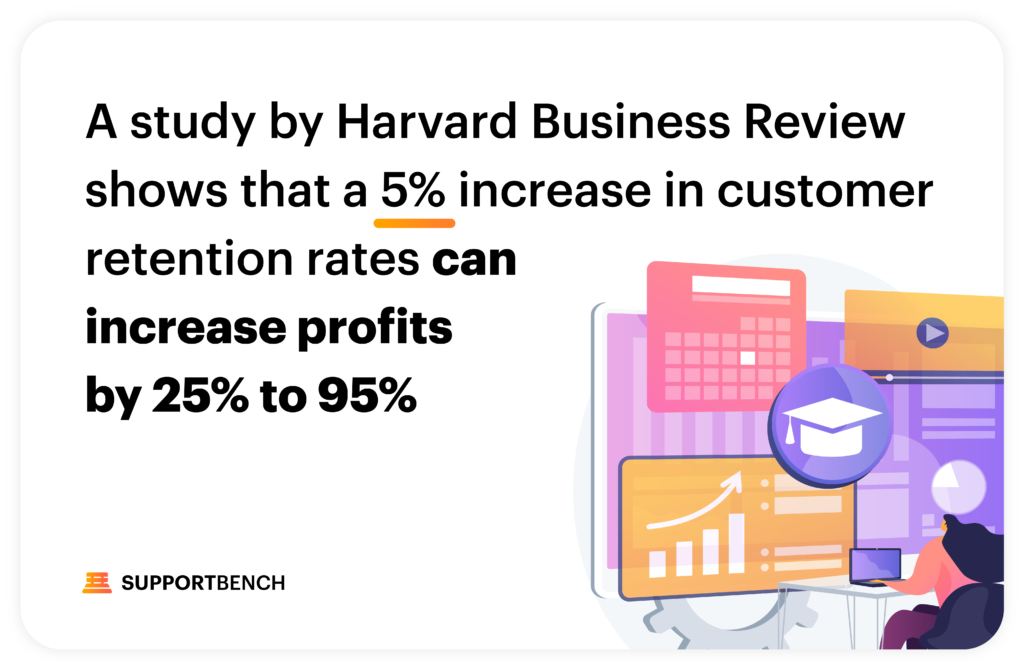
Key Trends in Customer Health Scoring
CHS isn’t just about assigning a score to a customer. It’s about understanding what that score means and how it can inform your customer success and retention strategy. Here are ten emerging trends that could redefine how your organization uses CHS for better customer retention.
Using AI for Predictive Health Scoring
Artificial Intelligence (AI) offers powerful capabilities for predictive health scoring, providing an automated, data-driven, and highly scalable solution. When implementing AI for predictive health scoring:
1. Data Collection and Integration
Collect and integrate data from all customer touchpoints, including customer relationship management (CRM) systems, marketing automation tools, customer support interactions, and product usage data. This unified customer view serves as the basis for training your AI model.
2. AI Model Training and Testing
Train your AI model using collected data. This involves selecting relevant features—individual measurable properties or characteristics from your data—and running these through your model. Features may include the frequency of product usage, response times to support tickets or frequency of support requests.
During the training phase, the AI model learns to associate these features with different outcomes, such as customer churn or repeat purchases. After training, it’s crucial to test the model on a separate dataset to evaluate its predictive accuracy.
3. Implementation and Automation
Once your model is trained and tested, integrate it into your customer support workflow. AI-driven platforms like Supportbench can help streamline this process. The platform should trigger automated responses or alerts based on the predictive health scores.
For instance, if a customer’s predicted score falls below a certain threshold, it can automatically alert a customer success manager or trigger a ‘high priority’ tag on the customer’s account.
4. Continuous Learning and Adaptation
An essential aspect of AI models is their ability to continuously learn and adapt. By incorporating new data and customer behaviors over time, AI models refine their predictive capabilities. Regularly review and update your model to ensure it reflects the current reality of your customer interactions and experiences.
5. Proactive Customer Engagement
Use the predictive health scores to guide proactive customer engagement. For example, if a customer’s health score is predicted to drop in the next quarter, preemptively engage with them. This could involve a check-in call, a personalized email, or even a special offer. By addressing potential issues before they arise, you stand a better chance of retaining customers and improving their satisfaction.
By integrating AI into your customer health scoring, you are setting your customer support and retention strategies on a path of proactive, rather than reactive, engagement. This shift can be instrumental in improving customer satisfaction and reducing churn rates, thus positively impacting your business’s bottom line.
Personalizing Customer Engagement Based on Health Scores
Personalization is no longer a luxury but a necessity in the current competitive business landscape. When implemented effectively, it can greatly enhance customer satisfaction and loyalty. Here’s how you can use health scores to personalize your customer engagement:
1. Segment Customers Based on Health Scores
Start by segmenting your customers based on their health scores. Create categories such as ‘high risk’, ‘medium risk’, and ‘low risk’. This will allow you to tailor your approach to each group. Remember, one-size-fits-all strategies are ineffective as they don’t consider individual customer needs and situations.
2. Develop Personalized Engagement Strategies
Once you’ve segmented your customers, create engagement strategies for each group. For high-risk customers, consider more intensive engagement methods, like personal check-ins or offering exclusive discounts.
For medium-risk customers, you could share relevant content or initiate a feedback conversation to understand their needs better. As for low-risk customers, focus on nurturing the relationship and ensuring their continued satisfaction.
3. Leverage AI for Personalized Content and Communication
Platforms like Supportbench allow you to use AI to create personalized content and communications based on customer health scores. This could include personalized email campaigns, product recommendations, or educational content.
AI algorithms can analyze customer behavior and preferences to deliver highly targeted content. It’s all about providing the correct information, to the right customer, at the right time.
4. Implement and Monitor
After developing your personalized engagement strategies, it’s time to put them into action. Implement your strategies and keep a close eye on their impact. Use metrics such as engagement rates, churn rates, and customer satisfaction scores to assess the effectiveness of your approach.
5. Refine and Optimize
Based on the feedback and data received, refine your strategies. Maybe a certain approach works exceptionally well for high-risk customers, or perhaps low-risk customers respond better to a different form of engagement. Continually optimize your strategy to ensure they remain effective and relevant.
By personalizing your customer engagement based on health scores, you’re showing your customers that you understand and value them. This not only increases their satisfaction but also their loyalty to your brand, leading to higher customer retention rates.
Integrating Customer Health Scoring into Service Level Agreements (SLAs)
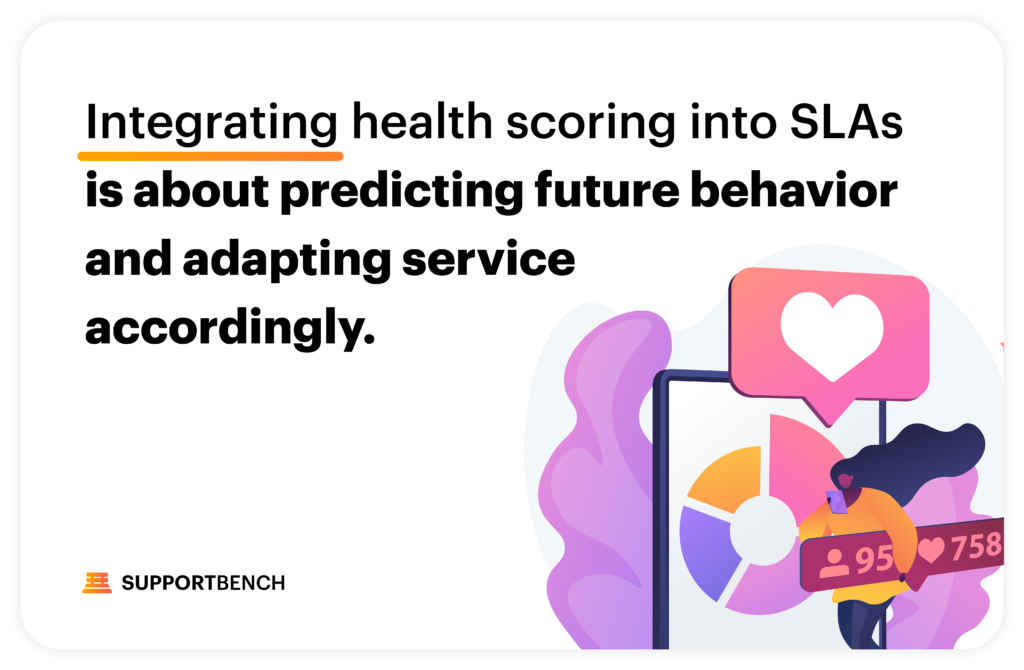
Service Level Agreements (SLAs) lay the foundation for your relationship with your customer. However, they can be made even more effective by integrating customer health scoring into the agreement. This strategy can result in improved customer retention rates by ensuring that customers at risk are given the attention they need.
Here’s how to integrate customer health scoring into SLAs:
1. Define Dynamic SLA Terms Based on Health Scores
To begin, it’s important to establish what levels of health scores correspond to different levels of service. For instance, a lower health score could trigger a higher level of service, while a high health score could mean standard service levels.
2. Implement Automatic Triggers
Once you’ve defined your terms, set up automatic triggers within your customer support software. This means that when a customer’s health score drops below a certain threshold, specific actions are automatically taken. This could include faster response times, escalation to more experienced support staff, or proactive outreach to check in with the customer.
3. Measure and Adjust
To ensure this system is working effectively, it’s important to regularly review and measure outcomes. Are customers with low health scores seeing an improvement after the increased level of service? Are high health score customers remaining stable? Use these insights to adjust your strategy as needed.
Remember, integrating health scoring into SLAs isn’t just about adjusting to current customer health. It’s also about predicting future behavior and adapting service accordingly, helping prevent any potential dissatisfaction down the line. And it’s this proactive, tailored approach to service that can dramatically improve customer retention.
Using Customer Health Scoring (CHS) to Drive Customer-Centric Decision Making
To truly place customers at the heart of your business, it’s vital to incorporate Customer Health Scoring into your strategic decision-making process. This will ensure that any changes made within the company are influenced by a desire to maximize customer satisfaction and retention.
Here’s a step-by-step guide on how to use CHS to guide your decision-making:
1. Bring CHS into Your Meetings
When conducting strategy sessions or product planning meetings, ensure CHS is part of the conversation. It should be one of the key metrics you consider when evaluating current operations or planning future changes. By placing it at the forefront, you’ll ensure that your decisions are always aligned to optimize customer satisfaction.
2. Link CHS to Business Changes
Whenever a new feature is introduced, a policy is changed, or any other significant adjustment is made to your business, closely monitor the impact on your customer health scores. Use your customer support software to track these changes and visualize the impact.
3. Evaluate and Adjust Based on CHS
If you notice a significant change in CHS following a decision, it’s time to take a closer look. For instance, if introducing a new feature results in a 5% decrease in the average health score, this is a clear signal that something may be wrong. It’s essential to delve deeper into the cause of this dissatisfaction – are customers finding the feature confusing? Is there a bug?
Once you’ve identified the cause, you can start to devise a plan to address it. This might mean making changes to the feature, offering more education and support around it, or even deciding to remove it entirely if it’s causing more harm than good.
Remember, the goal of incorporating CHS into decision-making is to ensure that your company is always working in the best interests of your customers. By using it as a guide, you can create an organization that truly puts customer satisfaction at its core.
Wrapping it Up
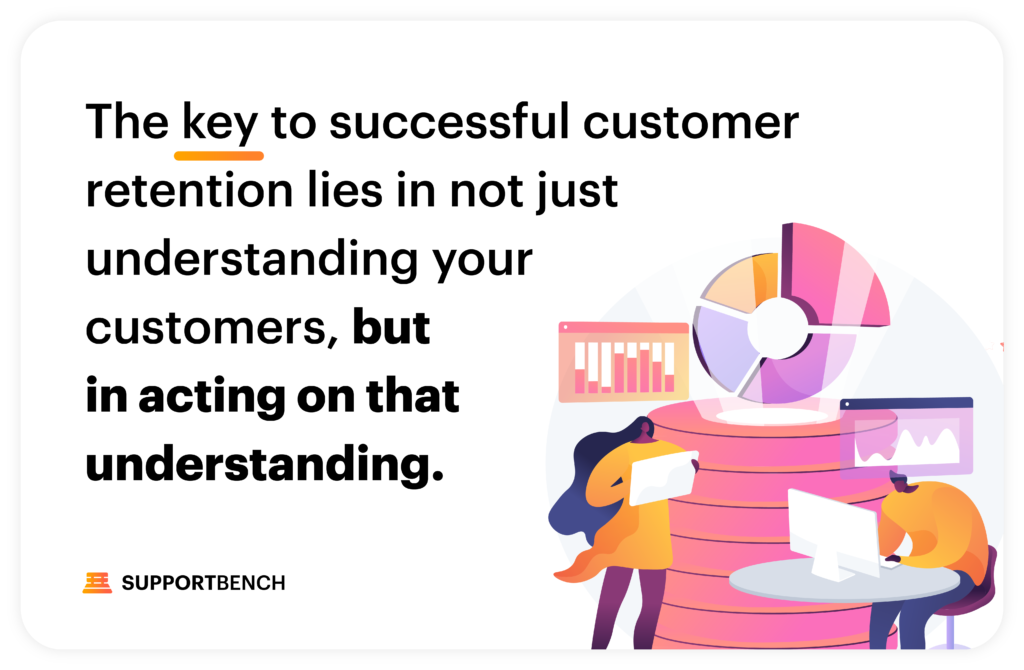
Improving customer retention is all about understanding your customers, meeting their needs, and exceeding their expectations. CHS is a powerful tool that can provide invaluable insights into your customers’ experiences and drive strategic decision-making.
As customer experience experts, say, “The purpose of business should be to make life better for people.” With CHS, businesses can do exactly that – make life better for their customers, drive customer retention, and ultimately, foster business growth.
Today, pioneering companies like Supportbench are not only understanding these trends but implementing them in their systems, providing businesses with the tools they need to turn data into actionable insights, and helping them to step into the future of customer support.
So, what does your business need to do? Start exploring how these trends can apply to your organization, integrate them into your strategies, and watch as your customer retention rates skyrocket.
Remember, the key to successful customer retention lies in not just understanding your customers, but in acting on that understanding. And with the right approach to Customer Health Scoring, that’s exactly what you’ll be able to do.




